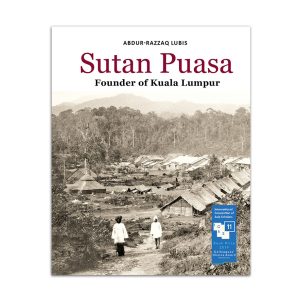Catching the Wind: Penang in a Rising Asia
However impressive the economic success of Penang has been over the past four decades, structural conditions in the region call for a fundamental reconfiguration of this Malaysian state’s competitive advantage.
In the 1970s, the ageing entrepôt transformed itself into a manufacturing hub for the electronics industry and a well-known tourist site. This outward-looking model of economic growth has underpinned Penang’s economic development up until the present. The question that now arises is whether Penang’s present mode of development will continue to be effective, or whether it will have to transform itself.
First, Malaysia in general, and Penang in particular are caught in a middle-income trap. Second, while the evolving weight of the global economy is shifting towards Asia, many of its emerging powers are competing with Penang in areas where it formerly excelled. Third, Penang is a state within a federation, and its capital, George Town, is a secondary city. Neither can rival Kuala Lumpur in terms of size or facilities, and thus must offer investors other attributes.
Effectively meeting these challenges while retaining Penang’s vibrant and living culture are the key issues that are dealt with in this second volume of the Penang Studies Series.
This book has four distinct sections, all of which deal with the issue of how best to position Penang to ‘catch the wind’ in the evolving economic context. The first section, which includes an introduction, examines the implications for Penang’s economy in terms of: Asia’s growing economic importance; the new technological imperatives for maintaining competitiveness; and the challenges facing firms in Penang in their pursuit of innovation. The second section of the book focuses on Penang’s new status as a World Heritage Centre. It explores the notion of heritage itself, what the status entails for the state, and what needs to be done for an active and responsible stewardship of Penang’s rich multicultural heritage. The third section offers various perspectives of Penang’s economy in terms of investment opportunities, skills development and infrastructural support. The last part looks at some of the niche industries or ‘green shoots’ that have emerged in Penang.
Table of Contents
Chapter 1: Situating Penang in Asia and Malaysia
Chapter 2: George Town, Penang: Managing a Multicultural World Heritage Site
Chapter 3: Heritage as Knowledge: Time, Space and Culture in Penang
Chapter 4: Heritage Conservation and Muslim in George Town
Chapter 5: Investment Opportunites in Penang
Chapter 6: Penang in the New Asian Academy Economy: Skills Development & Future Human Resource Challenges
Chapter 7: PBA Holdings Bhd: The Road to Privatization, Corporatization and Beyond
Chapter 8: Penang’s Technology Opportunity
Chapter 9: Building a Temporary Second Home: Japanese Long-stay and Retirees in Penang
Chapter 10: Medical Tourism in Penang: A Brief Review of the Sector
Chapter 11: Penang’s Halal Industry








